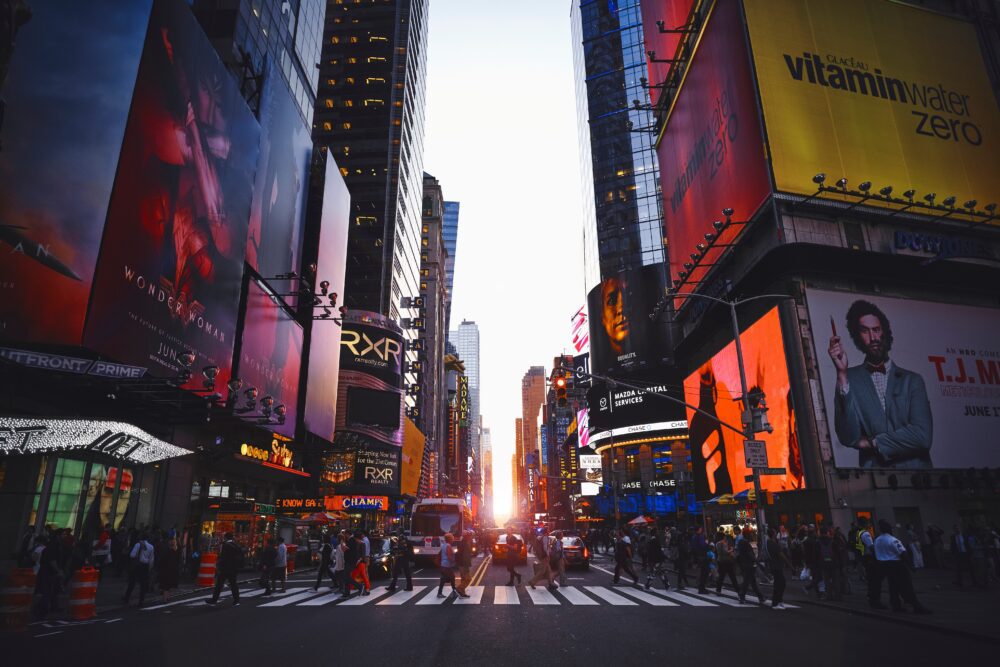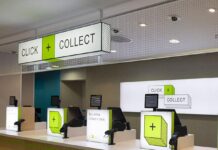Interactivity in retail is a hot topic since many offline retail businesses being choked out of business by online companies such as Amazon. It was already tough enough when companies had to deal with massive companies like Wal-Mart offering products at super low prices, but now people can order the same items from home in their underwear with a spoon stuck up their nose.
Digital signs are an obvious and very inexpensive way to offer interactivity, personalization and dynamic content in retail stores.

Interactive Content in Modern Stores
🏆
The 2024 Creative Retail Awards are open for entries.
The Creative Retail Awards are much more than a mere accolade; they represent the pinnacle of achievement in the retail industry. Garnering a nomination or winning one of these awards is a testament to innovation, excellence, and leadership.
www.creativeretailawards.com
Around 51% claim they have personalization and/or interactive content in their stores. Many claim they do this through digital signs. Over 33% claim they have a hard time adapting their content to consumer behavior. Though you have to remember that many retailers have trouble monitoring and measuring the effectiveness of their campaigns. In some cases, they may be doing it all correctly and drawing a benefit from their digital signs without realizing it.
Most Have Used Digital Signs
The largest majority of retailers (94%) have used digital signs to augment, change, or improve customers’ in-store experiences. Around 80% of them consider and 40% consider it essential. Do not mistake these for the idea that all stores have digital signs because that is not true, but many have tried digital signs of some sort and nearly half of them consider digital signs to be essential to the customer experience.
Standing Out a Little More
Around 20% of store owners who are interviewed say that “Being different” is why they choose digital signs. This may seem like a flawed statement since most stores have tried digital signs at one point, but if you think about it, there are many ways you could differentiate yourself using digital signs. Even if two stores were side-by-side, their digital sign content could vary to such a wide degree that they both stand out against each other.
The Cost Vs. The Benefit
Though many smaller companies and stores will have digital signs that cost them just a few hundred dollars, the average middle-sized store spends around $25K on digital signs.
That may seem like a lot of money, but with bigger stores there is the need to impress, the need for bigger screens, and the higher insurance costs. It is actually cheaper to string together a series of smaller signs to create a bigger one, but some large-to-middle-sized retail companies opt for larger single screens because they feel it makes more of an impact.
The only downside to larger signs, besides their starting price, is that if they break then you have that big expense you need to cover again. Even if you make a claim with your insurance company, nobody likes paying lots of money to replace a larger and more expensive item.
Companies That Are Pushing Things Forwards
There are quite a few companies that are helping to push the digital sign industry forwards. On the one hand, it is the large companies buying in bulk from China that are helping to push down the costs of TVs and digital signs so that anybody can buy a digital sign without breaking the bank.
There are companies like Apple that are building things like Apple TV, which is ideal for streaming content to your money digital signs. Then there are companies like KitCast, who have made great strides in making digital sign software more accessible and more available to just about anybody who wants it.
Thanks to these companies, it has never been easier to set up digital signs in a commercial environment so that people may enjoy interactivity, personalization and dynamic content in retail stores. It is therefore easy to see why so many companies adopt digital signs in the year 2022. It explains the movements and the numbers we are seeing in the customer-facing digital signage market in the year 2022.

















